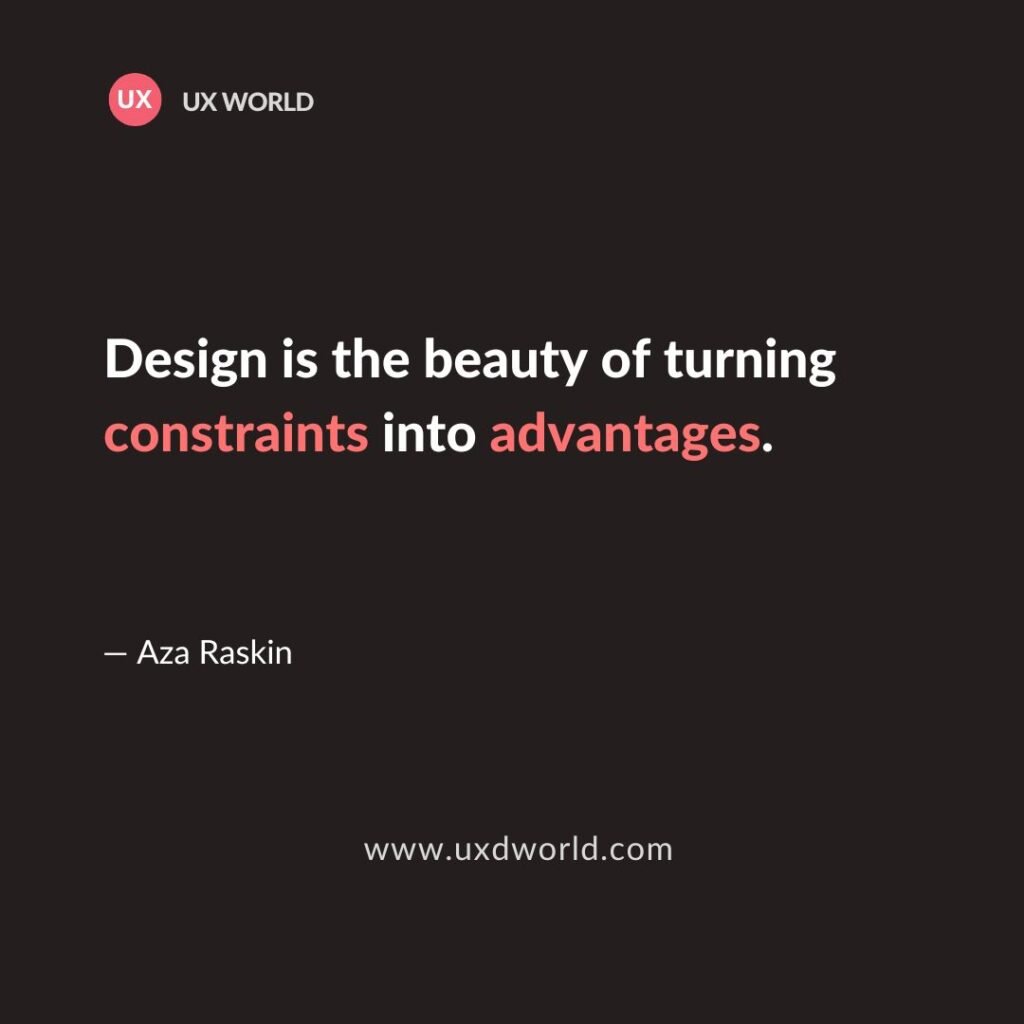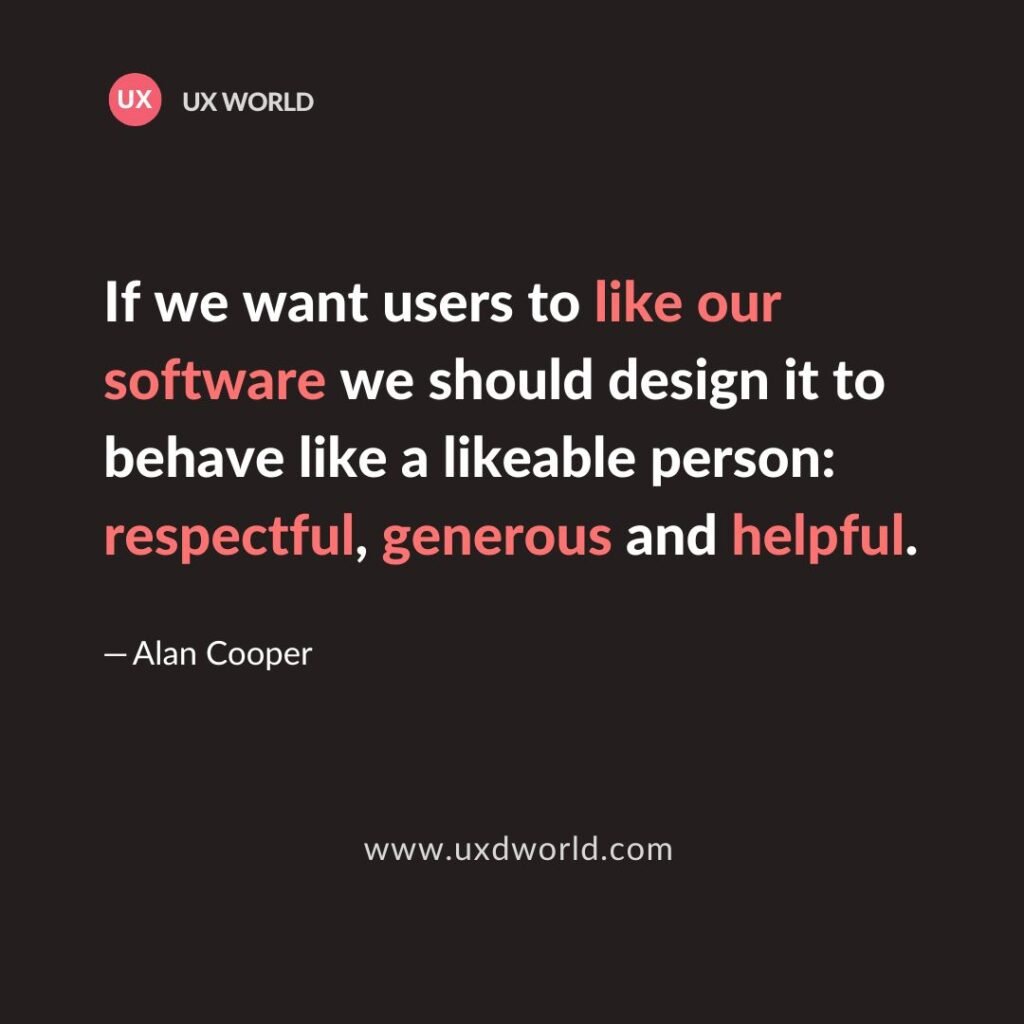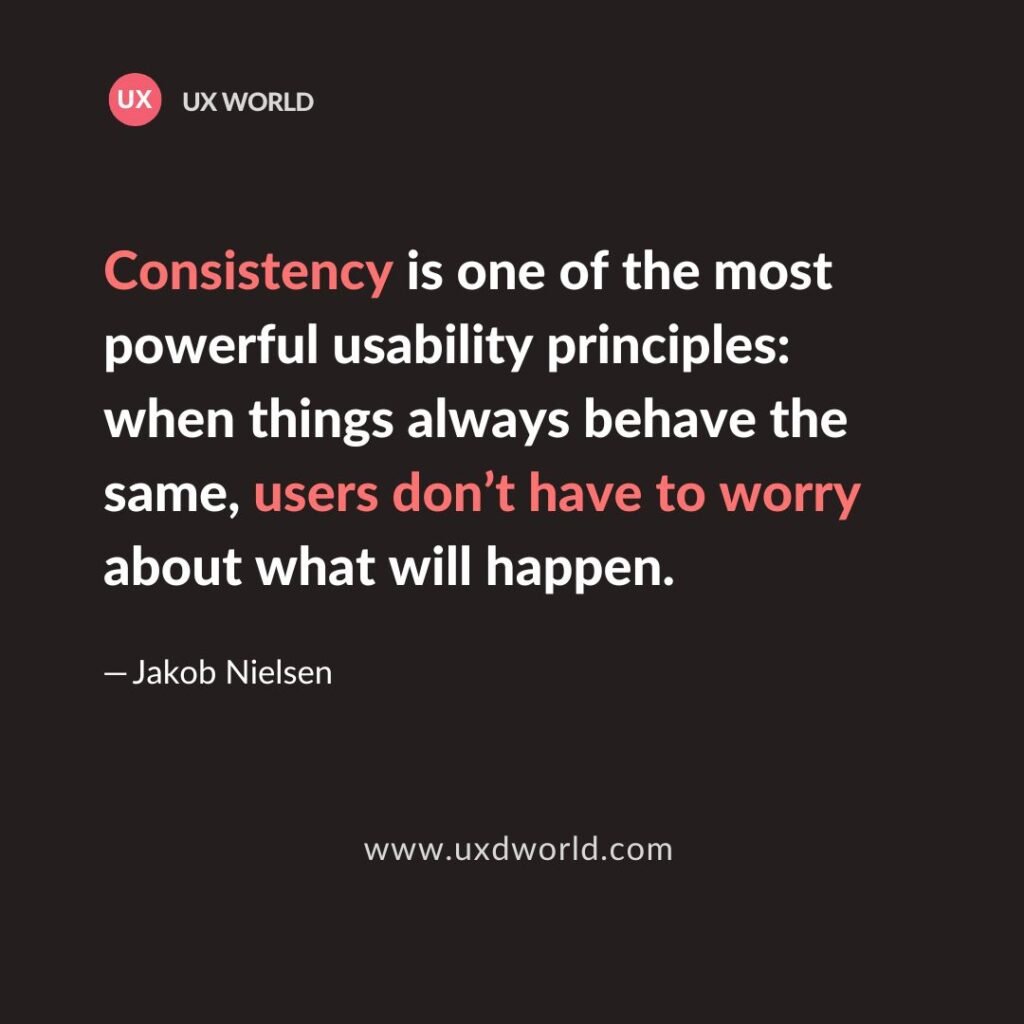“Design is the beauty of turning constraints into advantages.” – Aza Raskin
UX designers often encounter different constraints while working on the design process. These constraints can be related to budget, resources, technical limitations, or other factors.
It is important for UX designers not to get worried and hence lose their creativity in response to these constraints.
Instead, they need to learn how to convert these constraints into opportunities and use them as advantages to enhance user satisfaction.
Whenever a constraint occurs, as a UX designer, analyze the constraint and try to find an alternative solution.
- First, understand why the constraint occurs
- Meet with stakeholders, who in most cases will be the client, and find out how they are interpreting the constraints
- Find out the impact of constraints on the design decisions
- Device alternate solutions that best meet the client requirements as well as do not impact your design experience
Do not hide constraints and limitations from clients. Handle them tactically without compromising the product performance.
If the constraints belong to clients, ask them for help and request the required support.
If the constraints are related to users, resolve them by providing alternate solutions that best match their needs and goals.
Learn UX Design
Try Interaction Design Foundation. IxDF offers online design courses covering the entire UX design spectrum, from foundational to advanced level. As a UX Design World reader, you get 25% off your first year of membership with the IxDF.
Thanks for reading.
Subscribe to more related articles on UX World.
If you have any questions, contact us here: Facebook | YouTube | Instagram | Linkedin



